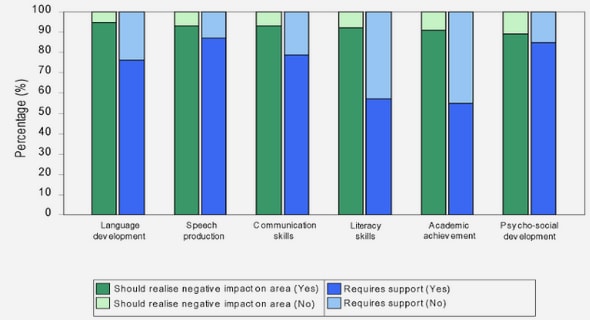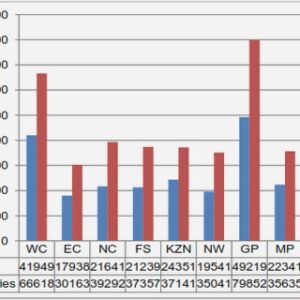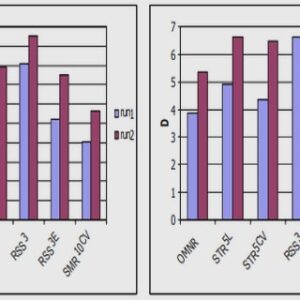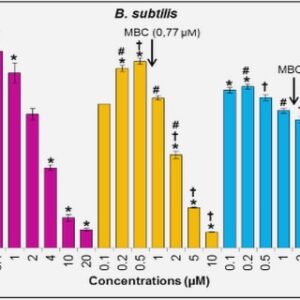(Downloads - 0)
For more info about our services contact : help@bestpfe.com
Table of contents
1 INTRODUTION
2 BIBLIOGRAPHY
2.1 THE YEAST SACCHAROMYCES CEREVISIAE, A MODEL EUKARYOTIC ORGANISMS
2.1.1 Generality
2.1.2 General aspects of genome and evolution in Saccharomyces cerevisiae
2.2 YEAST SUGAR METABOLISM
2.2.1 The monosaccharides
2.2.2 The di- and tri-saccharides
2.2.3 The polysaccharides
2.3 ENZYMES IN CARBOHYDRATE METABOLISM
2.3.1 Carbohydrate metabolic process genes
2.3.2 Classification of Glycoside hydrolases
2.3.3 GH13 family
2.3.4 Alpha-glucosidases
2.3.5 Isomaltases
2.4 ISOMALTASES FROM THE YEAST SACCHAROMYCES CEREVISIAE
2.4.1 Characterization of the IMA multigene family
2.4.2 Biochemical evidence for isomaltase activity
2.4.3 Amino acid sequence and structural elements of isomaltase
2.4.4 Enzyme evolution
3 RESULTS AND DISCUSSIONS
3.1 PURITY AND STABILITY OF IMA PROTEINS
3.1.1 Expression and purification of IMA proteins
3.1.2 Evaluation of conditions for stabilization and perservation
3.1.3 Effects of chemical reagents and metal ions
3.2 BIOCHEMICAL CHARACTERIZATION OF IMA PROTEINS
3.2.1 Optimal pH
3.2.2 Optimal Temperature
3.2.3 Half-Life
3.2.4 Melting Temperature
3.2.5 Thermostabilization by single proline substitution
3.2.6 Other possible issues for thermostabilization of Ima proteins
3.2.7 Conclusion
3.3 ENZYMOLOGICAL CHARACTERIZATION OF IMA PROTEINS
3.3.1 Substrates Specificities
3.3.2 Impact of point mutations
3.3.3 Kinetics parameters of purified isomaltases
3.3.4 Inhibition of isomaltase
3.3.5 Transglycosylation acitivity
3.3.6 Conclusion
4 CONCLUSIONS AND PERSPECTIVES
4.1 GENERAL CONCLUSION
4.2 PERSPECTIVES
5 EXPERIMENTAL PROCEDURES
5.1 STRAINS AND CULTURE CONDITIONS
5.1.1 Bacteria strains
5.1.2 Yeast strains
5.2 MOLECULAR BIOLOGY METHODS
5.2.1 Primers
5.2.2 PCR amplification
5.2.3 Purification of DNA fragment
5.2.4 Cloning in pYES2.1/V5-His-TOPO® (TOPO® Cloning)
5.2.5 Mutation construction
5.3 YEAST TRANSFORMATION BY LITHIUM ACETATE
5.4 EXPRESSION AND PURIFICATION
5.4.1 Preparation of crude extract
5.4.2 Purification of proteins by affinity chromatography
5.4.3 SDS-PAGE/ Coomassie Blue staining
5.4.4 Measurement of proteins concentration ( Bradford assay)
5.4.5 Removal imidazole (The ZebaTM Desalt Spin Columns)
5.5 ENZYMATIC ASSAYS
5.5.1 Colorimetric reaction with pNPG
5.5.2 Coupled enzymatic reactions for other subtrates
5.6 BIOCHEMICAL PARAMETERS
5.6.1 Optimal temperature
5.6.2 Optimal pH
5.6.3 Half Life
5.6.4 Melting Temperature
5.6.5 Influence of chemical compounds and metal ions
5.6.6 Kinetic parameters
5.6.7 Measurement of transglycosylation and analysis by HPAEC-PAD
6 APPENDIX
6.1 ENZYME BIOCHEMISTRY AND KINETICS
6.1.1 Michaelis-Menten mechanism
6.1.2 Enzyme inhibition
7 REFERENCE




